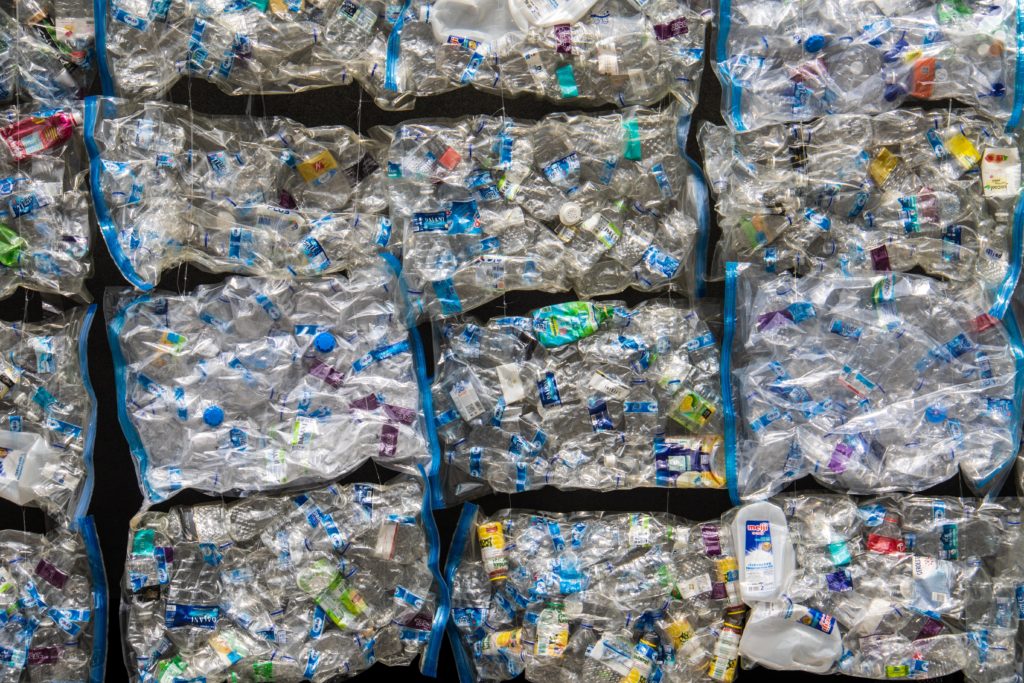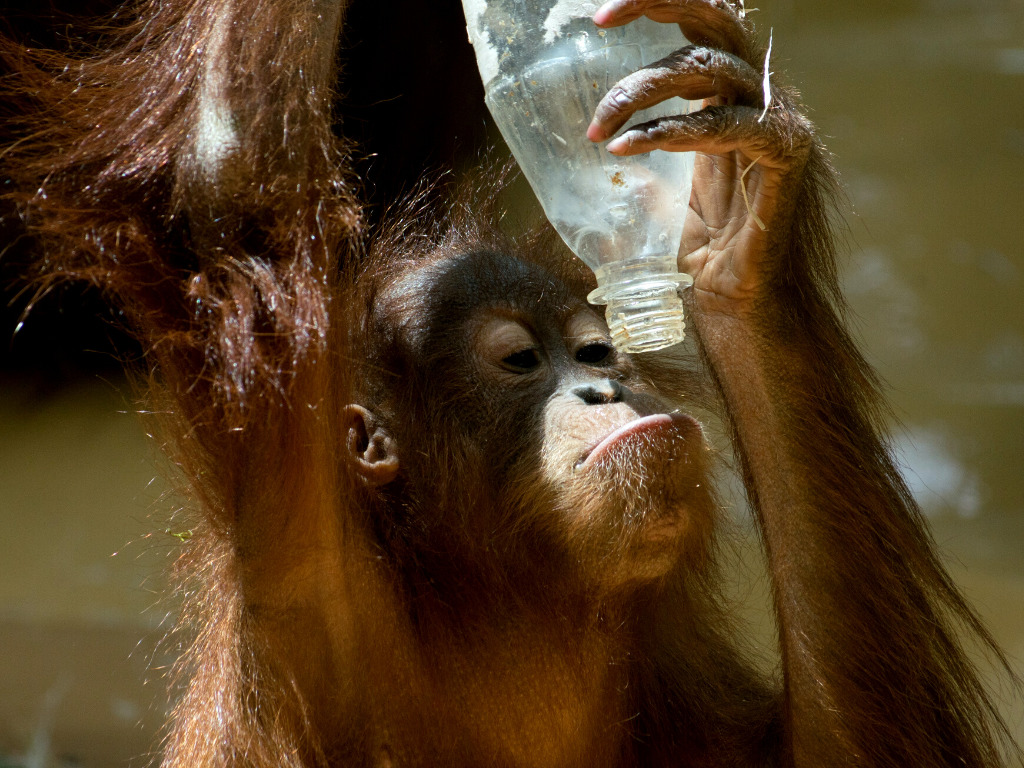3 Mins Read
A new report finds global plastic waste is set to triple, and exceed one billion tons by 2060.
Despite the growing efforts to reduce virgin plastic production and reduce waste, the new data released by the Organisation for Economic Co-operation and Development (OECD), shows a plastic-covered planet, even with best efforts in place to reduce production and boost recycling and end of life programs.
“Plastic pollution is one of the great environmental challenges of the 21st century, causing wide-ranging damage to ecosystems and human health,” OECD chief Mathias Cormann said in a statement.
The news follows recent commitments by U.N. member countries to increase efforts to reduce plastic production and use, while also increasing recycling efforts.
Plastic production
The OECD says that even with aggressive efforts to reduce demand and use and improve global recycling efforts, plastic production is still likely to double by 2060. It predicts new plastic production to top 1.2 billion tons. In 2019, plastic production doubled from 1999, with more than 460 million tons of plastic used that year, OECD says.

A study published in February also painted a grim picture; Stockholm Resilience Centre concluded that there’s already “too much plastic” on the planet.
Their findings showed more than 350,000 different chemicals commonly found in every industry—and they’re also winding up in the environment in high numbers, particularly from plastic waste.
“The impacts that we’re starting to see today are large enough to be impacting crucial functions of planet Earth and its systems”, Bethanie Carney Almroth, co-author of a new study told AFP.
Plastic pollution
Researchers found plastic in the Arctic for the first time, noting their findings in a study published in April. “I was surprised about the levels of microplastic in the deep-sea sediments at our observatory, which were up to 13,000 particles-per-kilogram of sediment and the ingestion rate of microplastics consumed by Arctic zooplankton, at the base of the food web,” Melanie Bergmann, a senior scientist at Alfred Wegener Institute, Helmholtz Centre for Polar and Marine Research, who led the study, told Vice.

“I have studied plastic pollution in the Arctic for 10 years,” Bergmann said. “It started with my discovery of a strong increase in marine debris on the deep seafloor of our HAUSGARTEN observatory between 2002 and 2011. This spurred more research on plastic pollution in this region, especially in recent years. So, it was time to bring it all together and synthesize our current knowledge.”
The OECD says that while the increase will be driven in part by population growth—particularly in Asia and sub-Saharan Africa—globally coordinated policies could put numbers lower. It says plastic waste growth could be as low as 12 percent with significantly increased efforts. According to the report, nearly 100 million tons of plastic waste are either mismanaged or allowed to leak into the environment. Conservative estimates say that causes the deaths of more than a million seabirds and more than 100,000 marine mammals each year.
Featured Photo by Susanne Karl on Unsplash



